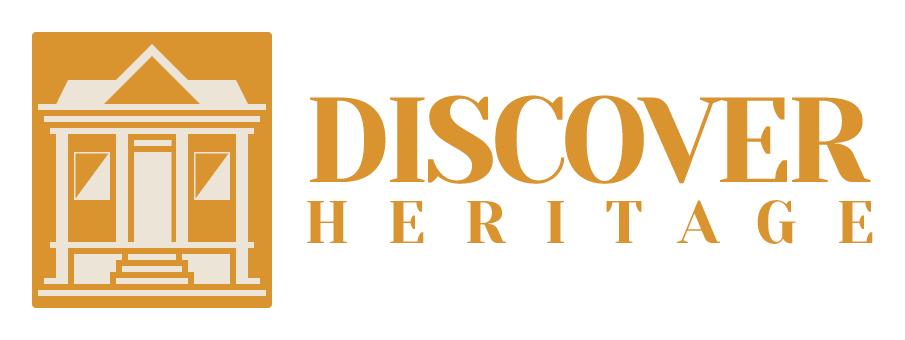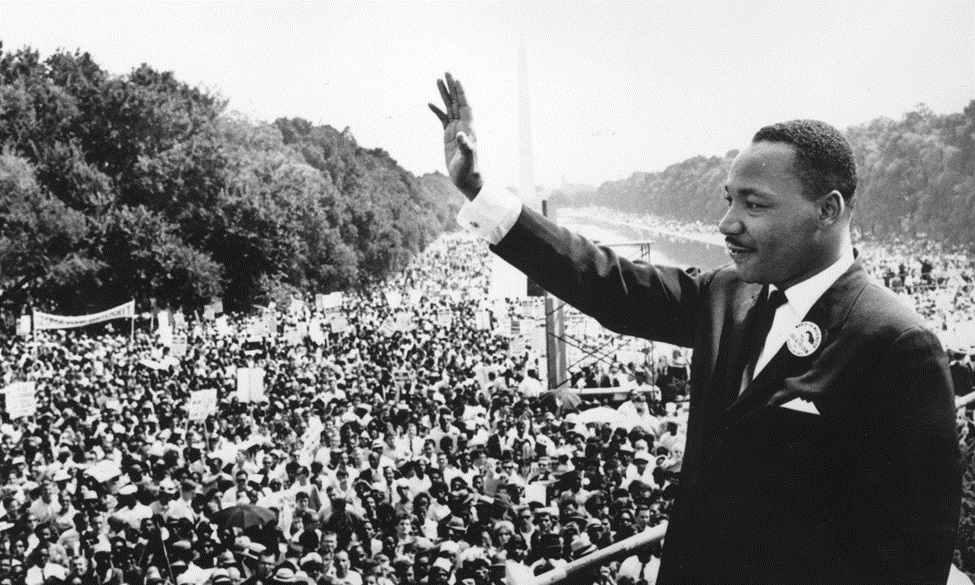INTRODUCTION: This story is told of an enslaved woman who is said to have been born in Barbados in 1674, although there is an account which identifies her as being of Native American origins. Allegedly, as a young woman she was taken from Barbados to the English settlement at Massachusetts Bay (the northeastern area that is the state of Massachusetts today) by her owner, Rev. Samuel Parris. She, along with two other women at the time, were accused of the dreaded crime of witchcraft, after which the Salem Witch Trials of 1692 – 1693 followed.
BACKGROUND: In the early English colonial world, the idea of witchcraft and the so-called practice of this sorcery, became an obsession across many settlements. In the face of unexplained or misunderstood happenings or rather, perceived happenings, the seemingly pious and upright leaders of these societies accused and sought to punish ordinary settlers of practicing witchcraft or obeah. From about the 13th century this alleged crime became punishable by death and at 80%, the accused were mostly women. Additionally, in Europe from about 1500 – 1660, between 50,000 to 80,00 people suspected of being witches were executed by hanging or burning at the stake.

A National Geographic article published in 2019, reports that in the 1590s due to his fear of witchcraft, King James I of Scotland stirred up national panic, which resulted in the torture and death of thousands. In 1595, King James I claimed that due to the frailty of women, it was easier for the devil to ensnare them. Therefore, women essentially became the victims. These beliefs and fears would serve to indoctrinate and negatively impact British settlements across the world, having long lasting effects. Therefore, the base of the story of Tituba would play out in 1692 but stem from the long-founded fears established centuries earlier.
The Story: At the British colony of Salem, Massachusetts in the year 1692, accusations of witchcraft were said to have set off hysteria, when Betty, the nine year old daughter of Rev. Samuel Parris and his niece Abigail Williams age eleven, allegedly started having unexplained fits. As the narrative goes, after much prayer and home remedies, it was concluded that the girls were under demonic attack. Following this conclusion, the girls were pressured to name the person who was responsible for their condition. Under pressure they came up with the names of different women, which ultimately included that of Tituba, who, along with two other women would be examined by two local magistrates, John Hawthorne, and Jonathan Corwin. The three women denied the allegations but under continued pressure, Tituba alone would later confess. It is alleged that her confession was garnered after continuous beatings by her master Rev. Parris, inducing her to confess. Her status as a black enslaved woman within that society rendered her at high risk for torture in the form of beatings by her master and execution by the authorities. Therefore, in order to alleviate the former, and escape the latter, she admitted to the accusations that were laid against her. The three accused women were taken into custody and imprisoned in Boston, awaiting trial. Subsequently, the other two women were hung, leaving Tituba imprisoned.
During this time, other girls in the Salem community also displayed some of the same symptoms and it was suggested that some evil connection had to be the source. As a result, other women of good standing, even members of the church were accused of witchcraft. Nonetheless, with no evidence of wrong-doing, many of the residents at Salem were accused, convicted, and executed, many proclaiming their innocence up to the time of death. This dilemma would wreak havoc across the community of five hundred.
The outcome: Tituba would ultimately survive these awful circumstances. There was a theory that those who confessed to the accusations against them were imprisoned rather than executed. This provided a stay on death, and it was seen as a way to gather further information, using them as witnesses against other accused people. This was reportedly a ploy to prolong their lives because it was noted that those who denied the allegations against them were swiftly judged as guilty and executed. This was the result of the case against the other two women who had been accused at the same time as Tituba, despite their denial they were swiftly executed. However, Tituba’s fate confined her to prison until a new buyer could be found to purchase her and she was apparently sold back into slavery to work off her jail bills. As it relates to Rev. Parris, he was eventually forced out of the village. There were some others who were involved in the harm meted out to the victims, and though they offered apologies for the roles they played and the injustices they perpetrated on the victims, they were still forced to leave. Some of the accusers also admitted to their betrayal.
Conclusion: On January 14, 1697, Massachusetts Bay Colony ordered a day of fasting and remembrance for the tragedy of the Salem Witch Trials and the lives lost as a result. Nothing more has been heard of Tituba. It is not clear that she ever made her way back to Barbados. Although slavery was abolished in 1834 across the British colonies and full freedom achieved by 1838, she more than likely remained trapped in the system of slavery which continued to prevail in Massachusetts Bay and the other areas of that former British colony, which we know today as the United States of America, because by 1776 after a fierce period of war, they would win their independence from England. As an independent, sovereign nation, the end of British slavery did not apply to them.

























